Smart ways to enjoy your hobby
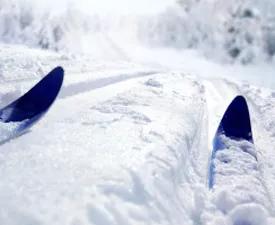
By: Scott Burg, DO
Advertisement
Cleveland Clinic is a non-profit academic medical center. Advertising on our site helps support our mission. We do not endorse non-Cleveland Clinic products or services. Policy
When the snow starts falling, mountains are the first thing that come to mind for many people — specifically zooming down them.
But skiers and snowboarders dealing with arthritis have more concerns than just which resort to choose.
For starters, should you be on the mountain in the first place if you’re dealing with rheumatoid arthritis, osteoarthritis or other conditions? The answer: It depends on whether you have acute injuries.
Start by having a frank conversation with your doctor about what’s realistic for your very specific case. If you are cleared to hit the slopes, there are a few ways you can stay smart and limit your pain.
I don’t just mean you should warm up the day of your ski or snowboard adventure. You should, of course. Do plenty of stretching. Add some brisk walking in the morning before you buy your lift ticket. If you have access to a gym, a few minutes on an exercise bike will loosen your legs.
But your training should start weeks or months before your trip. If you have arthritis in your knees, for example, ask your doctor or physical therapist about an exercise routine that strengthens the leg muscles that support your knees. Strong thighs and calves can ease the strain that going downhill places on your joints.
Advertisement
The same goes for back pain. If you have osteoarthritis in your lower back, focus on strengthening your abdominal and back muscles before a trip. Doing so is not only good for preventing pain on active snow days but also for managing it in your daily life.
Those cheap back braces you see at the drugstore may help support you around the house. However, you shouldn’t count on them to do much good for high-impact skiing or snowboarding.
The same caution applies to store-bought knee braces. If you have pain from arthritis and want to pursue snow sports, it’s worth asking about specially designed load-bearing braces designed by an orthotist.
Specially designed braces will cost more. But they also will provide more support and relief for highly active patients.
If you’ve been skiing before, you know the struggle of squeezing into ski boots. It can be a challenge for anyone, but especially for people with back or hand pain.
It’s less of an issue for snowboarders because of the soft boots used in the sport. But even for skiing, boots have come a long way in recent years. When you shop for a new pair, ask about options that are easier to slip on and off, such as those with special removable (and moldable) inserts.
Pay special attention to how you tighten the boots, too. Boots with added Velcro straps can be easier to tighten for people with hand pain, for example.
Skiers with hand pain also have to contend with ski poles. One tip: Consider poles with firm straps that wrap around the back of the hands, instead of those with fabric straps you have to thread your hand through.
When you’re on the mountain, let your body be your guide. And consider your condition when you pick trails.
Case in point: moguls. If hitting those bumpy runs sends flares of pain through your knees, be smart. Rather than risking long-term injury, it may be time to take a smooth cruise on a groomed run.
Jumps are another example. If you have degenerative disk issues in your back, the compression of a rough landing on skis or a snowboard is likely not worth the risk.
In the end, common sense plays a major role. If you’re cleared to get out there and enjoy the mountains, you want to do so in a way that helps you avoid injury — and the pain that comes with it.
Advertisement
Learn more about our editorial process.
Advertisement
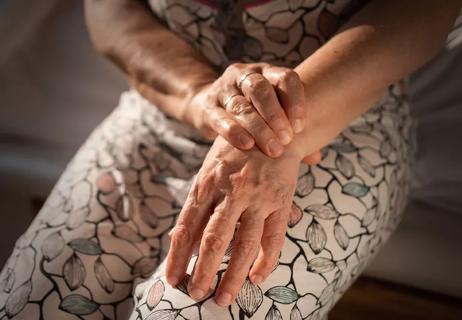
Simple exercises like tendon glides and finger lifts can have a big impact

Research is inconclusive, so don’t stop eating tomatoes, potatoes and peppers just yet
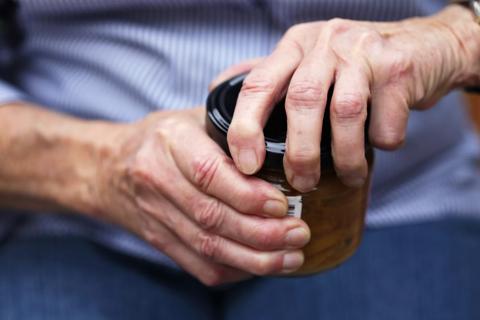
From heating pads and ice to exercises and splints, find the relief that works for you

What’s the difference between these types of inflammatory arthritis?
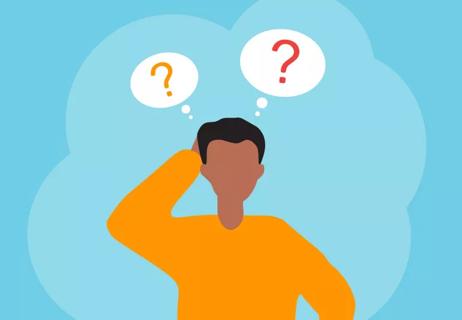
The link between joint pain and skin rashes
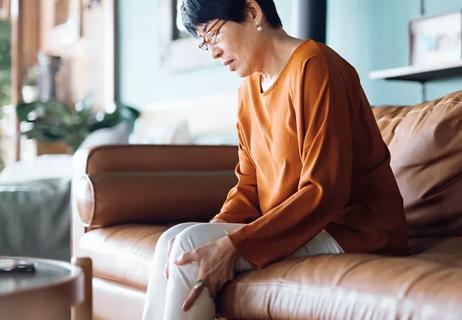
What’s the difference between these types of arthritis?
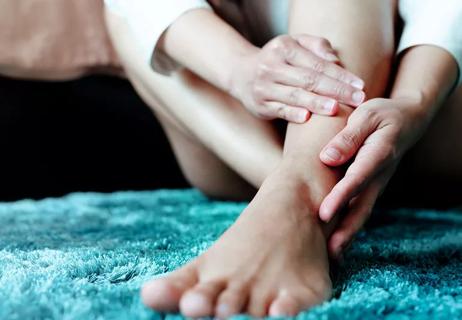
Remember to start slow and if things don't improve, ask your doctor about more advanced solutions
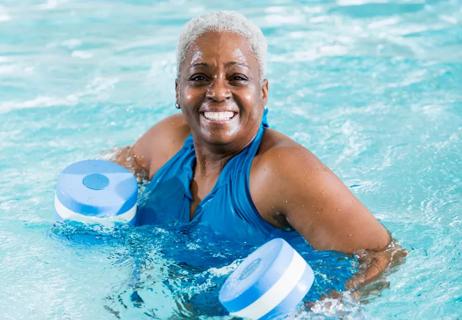
Working out is one of the best things you can do to improve your symptoms

Type 2 diabetes isn’t inevitable with these dietary changes

Applying a hot or cold compress can help with pain